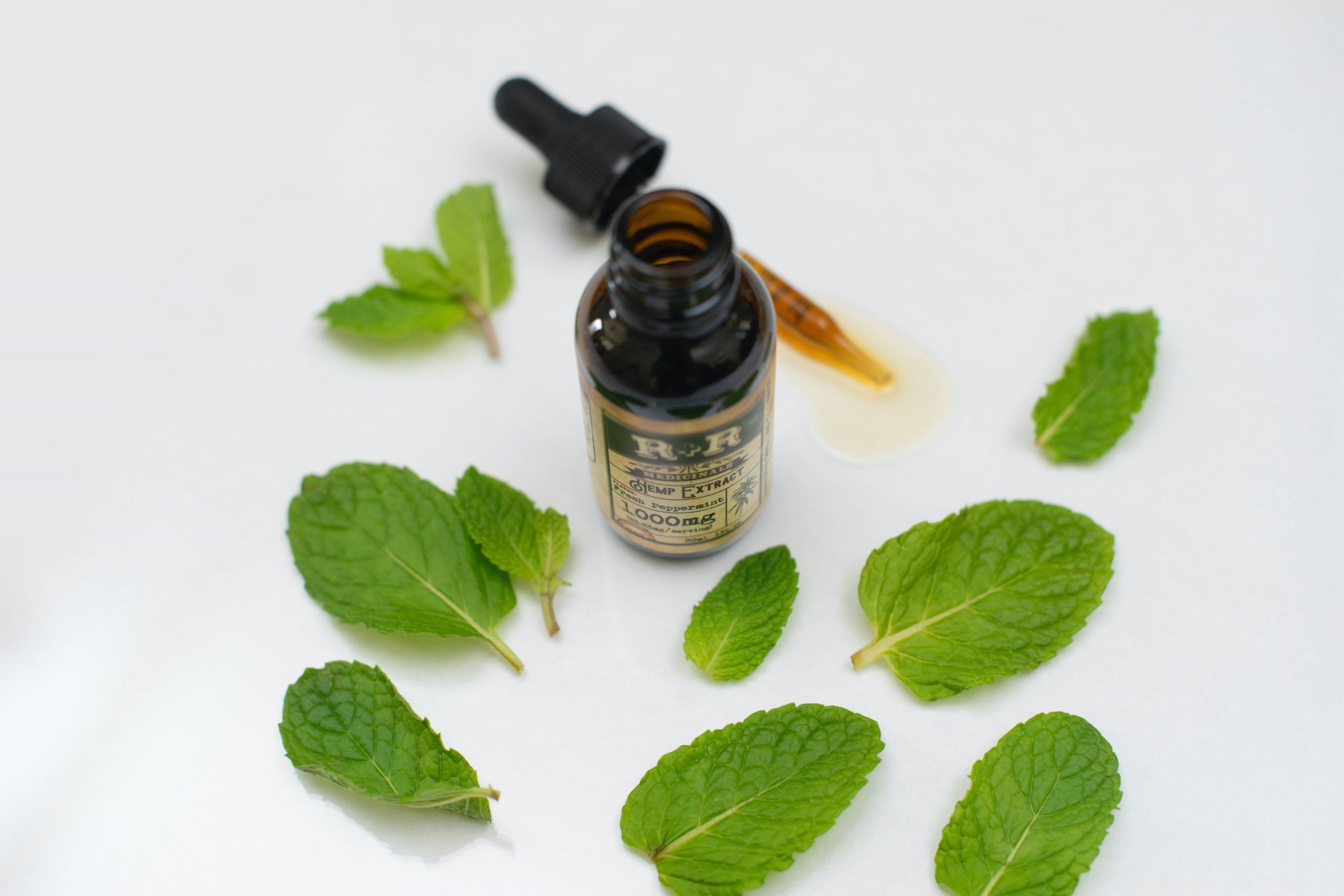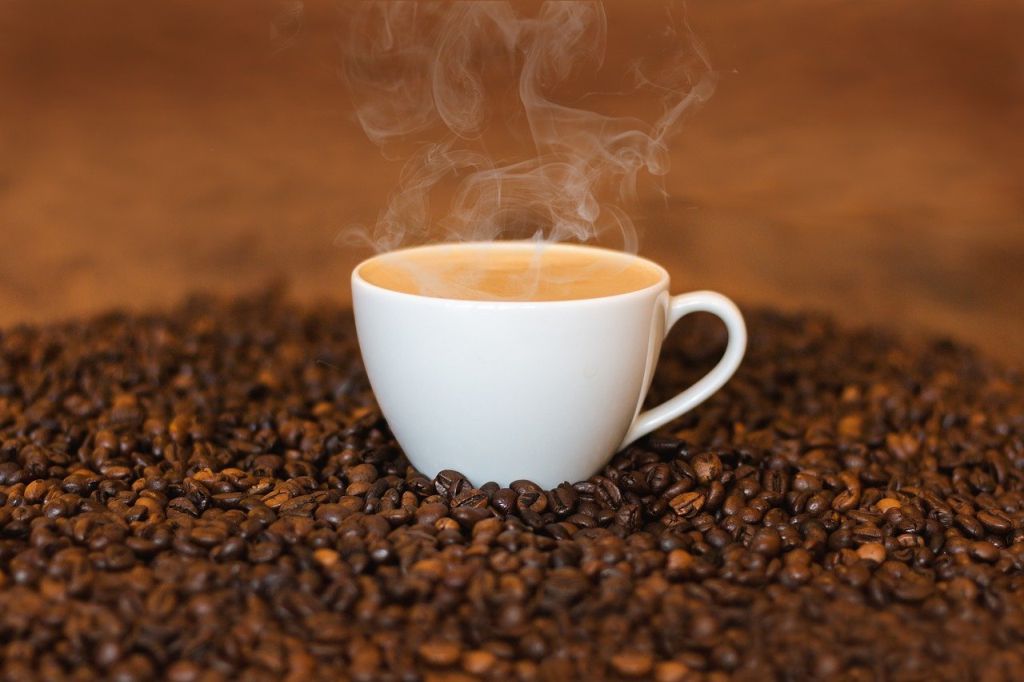Good marketing should affect all your senses. But how to do it, since more and more businesses operate on a daily basis mainly online? Here are some inspiring examples of aromamarketing and other fragrance techniques to use.
Smell as one of marketing communication channels? According to research, the favorite scents of Poles include freshly cut grass, the smell of bread or laundry drying in the sun. It is no coincidence that all these fragrances have their roots in childhood - holidays at grandma's in the countryside, carefree time away from duties, the fullness of summer ... Smells are associated with emotions in a very direct way, and whoever smelled the perfume of a long unseen beloved on the street, maybe to testify to it. Theory emotional branding however, it proves that emotions are one of the most important marketing tools today.
Are you looking for a distinctive marketing strategy for your company?
You've come to the right place.
What is aromamarketing?
Aromamarketing is nothing more than the use of smell as an element of your marketing strategy. At this point, it should be mentioned at once that smell is closely related to taste. Those who temporarily lost their sense of smell do not enjoy their favorite dishes - they simply "do not feel" the full palette of taste sensations. By influencing the sense of smell, you can also influence the sense of taste, and then you are in control of two of the five most important senses. You can use aromamarketing in image and PR campaignsby launching a new product on the market and even planning events.
Smell as a marketing strategy
Aromamarketing helps to create an atmosphere of freedom and trust, make a lasting impression on the client (by marking the existence of a given company in his mind), persuade the client to stay longer, and even increase the willingness to buy, and thus increase the company's revenues - writes I. Michalska-Dudek in the work "The essence and the possibilities of using aromamarketing in the tourism market". He further lists a classification that can be helpful when composing specific fragrances.

The list below alone best explains what tools a properly used aromamarketing offers. Fragrance can be part of your branding and brand strategy. Fragrance compositions, depending on their composition, may be designed to:
- stimulants, such as citrus, mint, eucalyptus - refresh, motivate to act, improve concentration,
- soothing, such as lavender, green tea, jasmine - they calm down, help to relax, harmonize,
- stimulating, such as coffee, mint, ginger - they give you energy, help you focus,
- appetizing ones, such as cake spices, tropical fruit, chocolate - stimulate the appetite and encourage you to feast longer,
- perfumery, e.g. with the scent of Chanel No. 5 - they add prestige, stimulate you to spend more,
- natural, such as tea, moss, wood, water fragrances - they have a calming and relaxing effect,
- unique, such as festive, national - help to feel in the mood,
- neutralizers, as the name suggests, neutralize odors, e.g. of tobacco smoke.
What does the sale smell like?
Some examples of aromamarketing are well known and others are unaware of them. The smell of fresh rolls and coffee in the vicinity of cafes is rarely a coincidence - most of these places "help" their customers make a decision with the right smell. Aromamarketing can also be used as part of a Shopping campaign. Until a dozen or so years ago, self-tanners were used by only a few, mainly due to the repulsive, chemical smell. When a few years later the Garnier brand launched a series of creams with a pleasant scent, the number of customers increased by as much as 100 times, and using a self-tanner became a daily ritual of millions of women.
National tastes differ from each other. As a result, one of the dishwashing liquid producers learned before introducing his product to our market that Poles - unlike Czechs - preferably they buy washing-up liquids with the scents of mint, lemon, peach, aloe and green apple. Our neighbors choose the ones that smell like fir and forest fruit.

Another was the case of Timotei, which in the 1990s launched the first shampoo on the Polish market and was surprised to notice little interest in the product. The breakthrough came when the white bottle was replaced with a transparent one, and the creamy, rich scent was replaced with a cucumber one. It turned out that Polish customers, who had been used to chamomile shampoo for years, decided to trust the foreign producer only after he convinced them that the shampoo was "natural" and "cucumber". Since then, the manufacturer has introduced dozens of new products to the market, bearing in mind that each country has its own specificity, and the safest way to precede the introduction of market novelties is to conduct opinion polls.
Creative ideas for aromamarketing in practice
At one university, a group of 20 students was handed out unmarked jars of moisturizing cream that differed only in the smell. The subjects were to test the cream and comment on its effectiveness after a few weeks. The highest marks were awarded to samples with delicate, subtle fragrances, and creams with a rich, oriental and "static" scent were rated as the least effective - only because of the scent.
Aromamarketing can also be part of a guerrilla marketing campaign (guerilla marketing). Imagine that in some place it suddenly smells like a particular perfume or freshly ground coffee. A funny poster or a sign pointing to a cafe or perfumery is enough to encourage passers-by to change their ordinary, everyday routine.

How to smuggle a scent by selling online?
Finally, there is a fundamental question: is it possible to use aromamarketing if your company operates on-line? The options here are limited. You can introduce such tactics if you sell and ship goods. Items from the premium segment can be packed in such a way that the very opening of the package becomes a luxurious experience - also thanks to the fragrance. But that can also apply to ordinary little things. A sprig of lavender added to the package does not cost much, and it completely changes the trivial experience of opening the package. Of course, you can also reach for perfumed paper or fragrance sticks. If you are looking for other ideas for aromamarketing in practice, contact us!
